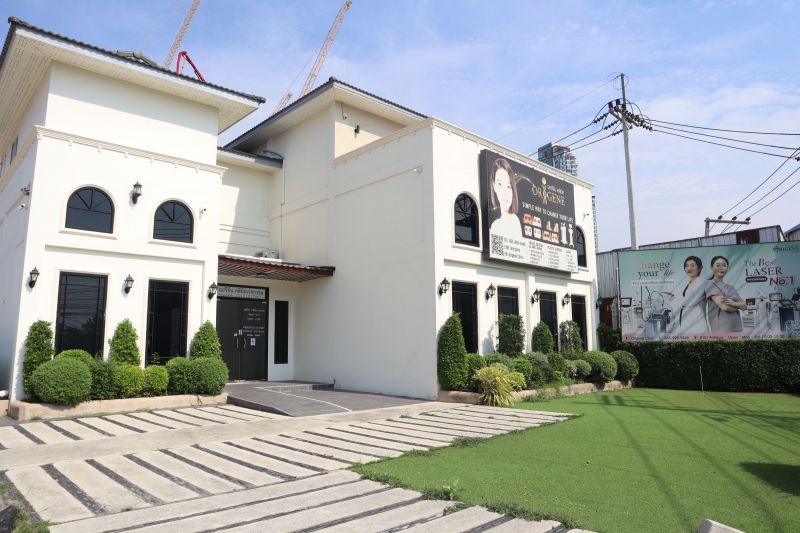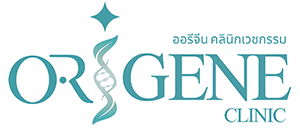PRP
PRP
PRP (Platelet Rich Plasma) is a treatment based on the body's natural healing process. It involves taking a sample of the patient's own blood, processing it in a centrifuge, and then re-injecting it into the skin. This process separates the plasma, which is a clear yellowish liquid, and the platelets, which contain growth factors crucial for tissue repair and regeneration. These growth factors help stimulate cell division, encourage tissue repair, and promote the formation of new skin cells.
Platelets play a vital role in the body's natural repair mechanisms, containing essential growth factors such as FGF (Fibroblast Growth Factor), PDGF (Platelet-Derived Growth Factor), TGF-β (Transforming Growth Factor), EGF (Epidermal Growth Factor), VEGF (Vascular Endothelial Growth Factor), and IGF (Insulin-Like Growth Factor). These growth factors stimulate stem cells to create new tissues, promote collagen production, and help in skin rejuvenation.
Additionally, plasma contains vitamins, hormones, minerals, and proteins that are crucial for cell survival, helping in clotting and tissue repair.
Who is PRP suitable for and what can it treat?
PRP is rich in proteins that help stimulate cells to repair tissue, reduce inflammation, and encourage collagen production. It can treat both facial skin and hair problems:
- Facial Skin Treatments:
PRP is effective for people with low skin elasticity, dark circles under the eyes, smile lines, or other wrinkles, including those on the forehead, between the eyebrows, or around the eyes.
It can help with sagging skin, acne scars, pigmentation, dark spots, dryness, and rough texture. - Hair Treatments:
PRP helps treat hair loss and thinning hair by stimulating hair follicles, strengthening hair roots, and encouraging hair growth. It helps delay hair loss and promotes healthy hair growth naturally without surgery or chemicals.
PRP is an innovative hair restoration method for hair loss and thinning, without the need for surgery or chemicals. The patient's own platelets are processed and concentrated, and then injected into the scalp in areas experiencing hair thinning or loss. The growth factors in PRP stimulate the hair follicles, encouraging hair regrowth and improving the hair's thickness.
What are the benefits of concentrated platelets in PRP?
PRP is widely used in various fields, including in sports medicine for athletes to treat injuries and promote healing of muscles, ligaments, and joints. For hair treatments, using concentrated platelets from the patient's blood helps deliver high levels of growth factors to the scalp, promoting stronger hair follicles and revitalizing hair growth. This process aids in healing and tissue repair, making it a natural and safe method for hair restoration.
How does PRP rejuvenate facial skin?
PRP rejuvenates the skin by using the patient's own blood to extract plasma rich in platelets and growth factors. These components help repair damaged tissues, stimulate collagen production, and encourage the growth of new skin cells. The PRP injection helps to fill in skin indentations, such as acne scars and wrinkles, and reduces pigmentation, leaving the skin smooth and even-toned.
What skin issues can PRP address?
PRP is rich in proteins that restore skin by stimulating the repair of damaged tissue and improving skin texture. It can treat various skin conditions, including:
- Lack of skin elasticity and sagging skin.
- Dark circles under the eyes and smile lines.
- Wrinkles on the face (forehead, between eyebrows, around eyes).
- Acne scars, dark spots, and pigmentation.
- Enlarged pores and skin roughness.
The effectiveness of PRP treatment varies depending on factors such as age, skin condition, and how well the patient follows aftercare instructions. Typically, several sessions may be required for optimal results, with improvements often becoming visible after 1–2 sessions.
Hair Care After PRP Treatment:
Though PRP is non-invasive, patients should follow specific aftercare:
- Avoid washing your hair for 1 day post-treatment.
- Refrain from using gels, oils, waxes, or hairspray.
- Avoid high-fat foods, alcohol, and smoking for a week.
- Use a mild shampoo and avoid vigorous rubbing or scratching of the scalp.
- After the first week, you can return to normal activities.
- Avoid washing the face for 1 day after treatment.
- Refrain from consuming alcohol, caffeine, hot drinks, or spicy foods for 24 hours, as they may cause bruising or swelling.
- Avoid aspirin or Nurofen for 1-2 weeks, as these can affect platelet function.
- Avoid supplements like fish oil, multivitamins, and Vitamin E for 1-2 weeks.
- No swimming or heavy exercise for 24 hours.
- Avoid direct sun exposure for at least 72 hours.
- Do not touch, rub, or pick at the treated area.
PRP is considered very safe, with minimal risk of allergic reactions since it uses the patient's own blood. The most common side effects are mild pain at the injection site or slight bruising, which typically resolves within 2–3 days. The treatment is non-surgical, requires no downtime, and provides visible results.
PRP is a highly effective, safe, and natural treatment for both skin rejuvenation and hair restoration, promoting healing, collagen production, and skin regeneration without the need for surgery or chemical products.















